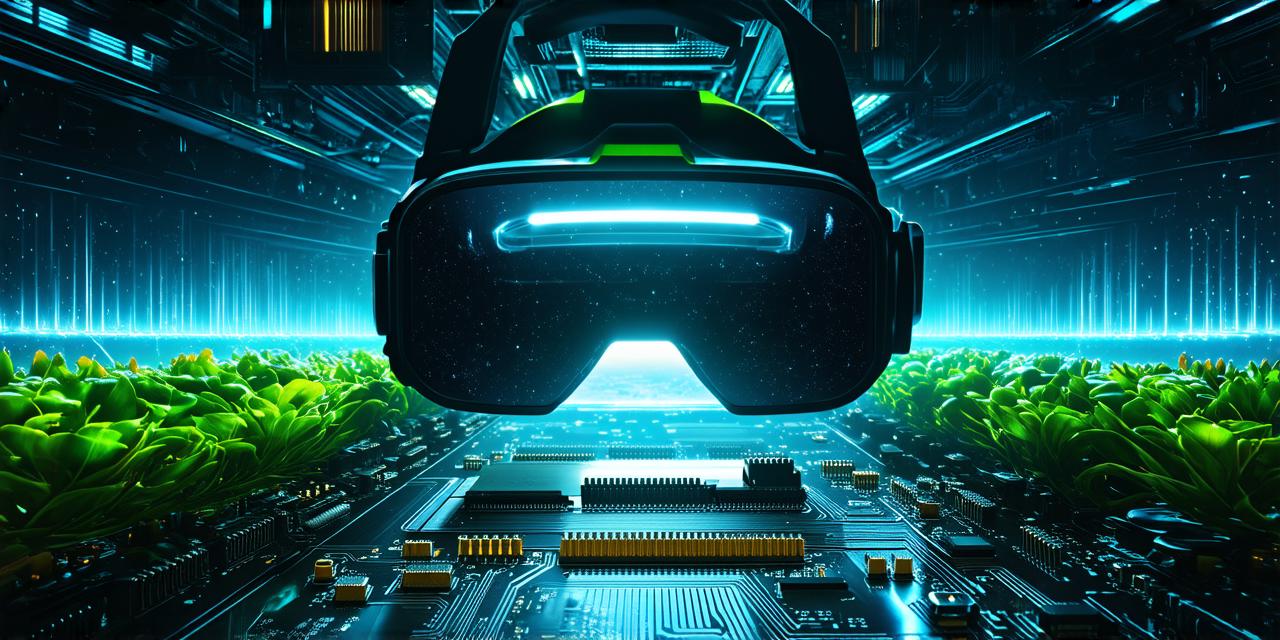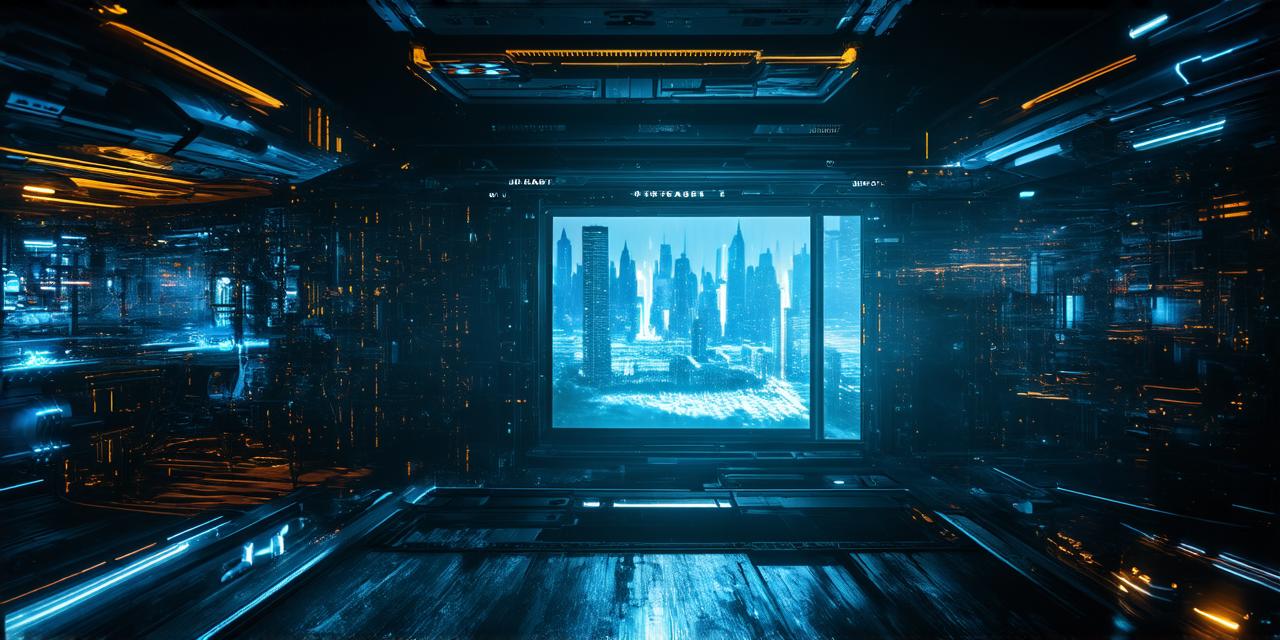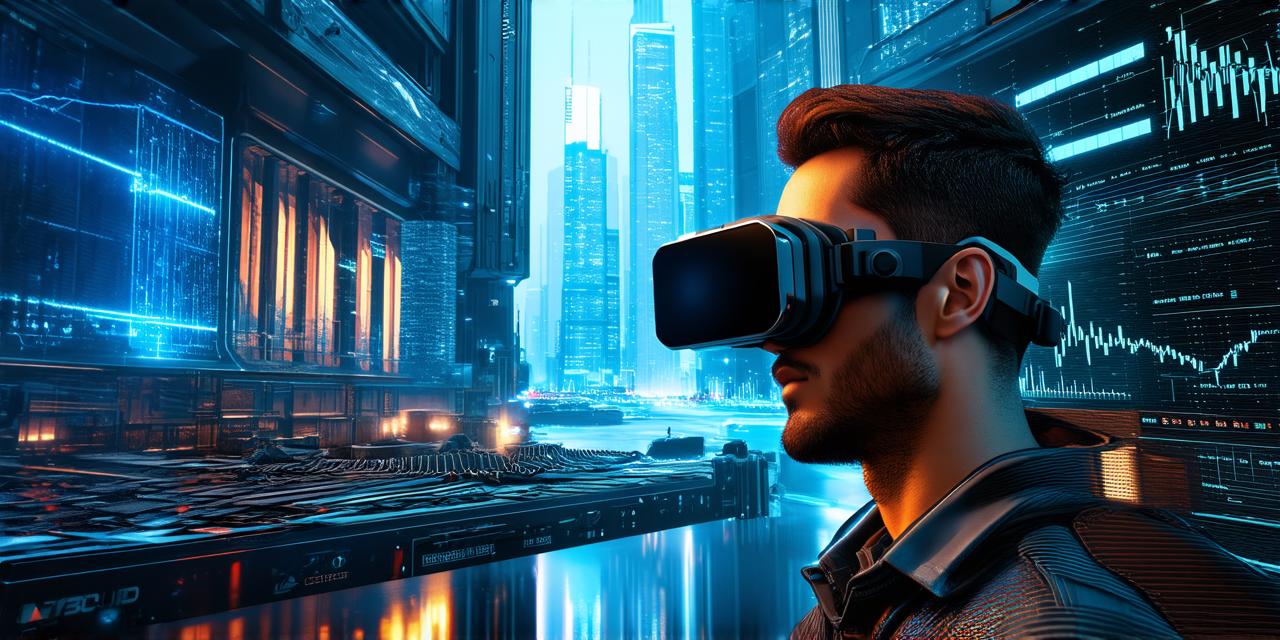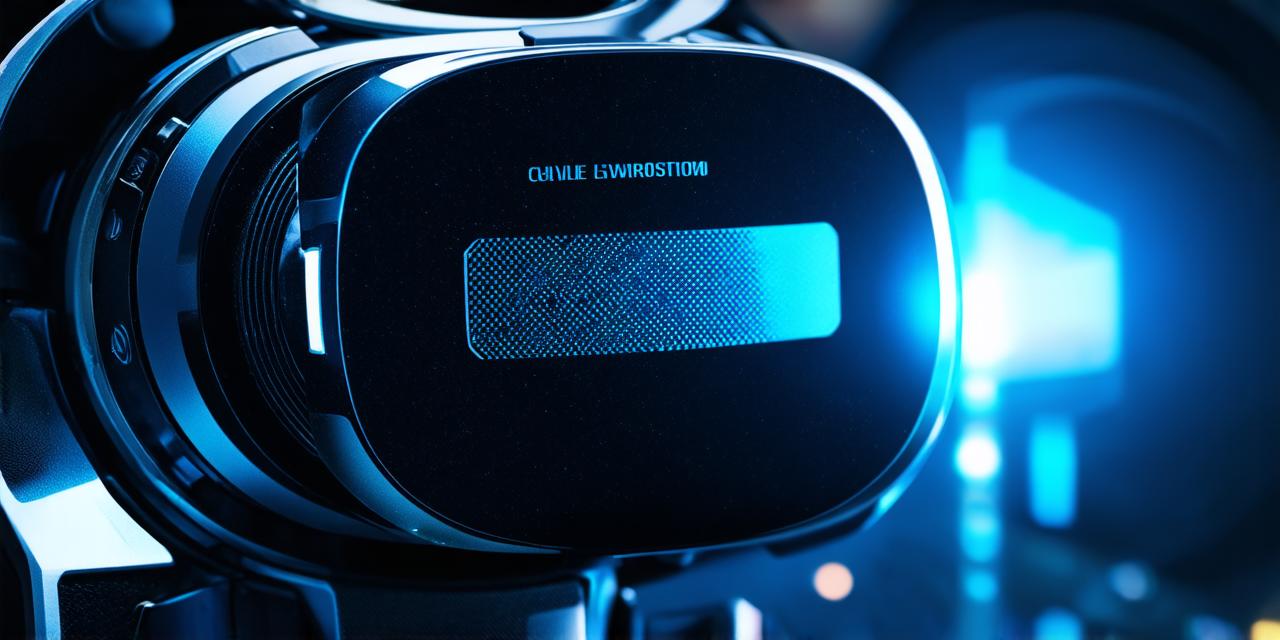NVIDIA Corporation is a leading technology company that specializes in developing graphics processing units (GPUs) for gaming, professional visualization, data center, and automotive markets. Recently, NVIDIA has been focusing heavily on virtual reality (VR) technology and has released several products and solutions aimed at enabling developers to create immersive VR experiences. In this article, we will explore what NVIDIA’s virtual reality technology is all about and how it works.
NVIDIA’s Virtual Reality Technology:
NVIDIA’s virtual reality technology is based on its GPU architecture, which provides the processing power necessary to render high-quality graphics in real-time. The company has developed several products and solutions specifically designed for VR, including GPUs, middleware, and VR development kits.
One of NVIDIA’s flagship VR products is the Quadro RTX series, which is a line card that provides high performance and memory for professional visualization applications such as VR. The card is equipped with several features such as tensor cores, which are optimized for machine learning workloads, and RT cores, which are designed for real-time rendering of complex graphics scenes.
Another NVIDIA product that is specifically designed for VR is the NVIDIA DGX Station, which is a powerful workstation that is optimized for professional applications such as CAD, animation, and VR development. The station is equipped with multiple GPUs and has a high-resolution display that allows developers to see the full potential of their VR creations.
In addition to its hardware solutions, NVIDIA also offers middleware and development kits that make it easier for developers to create VR applications. These tools include Unity and Unreal Engine, which are popular game engines that support VR development, as well as the NVIDIA GameWorks SDK, which provides a set of APIs and tools for developing VR games and applications.
How Does NVIDIA’s Virtual Reality Technology Work?
NVIDIA’s virtual reality technology works by rendering graphics in real-time using its GPUs. The process involves several stages, including data acquisition, preprocessing, rendering, and display.
In the data acquisition stage, sensors such as cameras and accelerometers capture information about the user’s movements and environment. This data is then processed and transformed into a format that can be understood by the GPU.

The preprocessing stage involves applying filters and other transformations to the data to remove noise and distortions. This step is critical for ensuring that the graphics are displayed accurately and seamlessly.
In the rendering stage, the GPU uses its processing power to generate 3D models, textures, and other assets that make up the virtual environment. The GPU also applies shaders and other rendering effects to create a realistic and immersive experience.
Finally, in the display stage, the graphics are displayed on a VR headset or other display device. The display uses advanced techniques such as stereoscopic displays and motion tracking to provide a sense of depth and perspective.
Summary:
NVIDIA’s virtual reality technology is based on its GPU architecture and includes several products and solutions designed specifically for VR development. The company offers middleware and development kits that make it easier for developers to create immersive VR experiences, as well as hardware solutions such as the Quadro RTX series and NVIDIA DGX Station. NVIDIA’s virtual reality technology works by rendering graphics in real-time using its GPUs and applying filters and other transformations to ensure that the graphics are displayed accurately and seamlessly. As VR technology continues to evolve, we can expect to see even more innovative solutions from NVIDIA and other leading technology companies.



